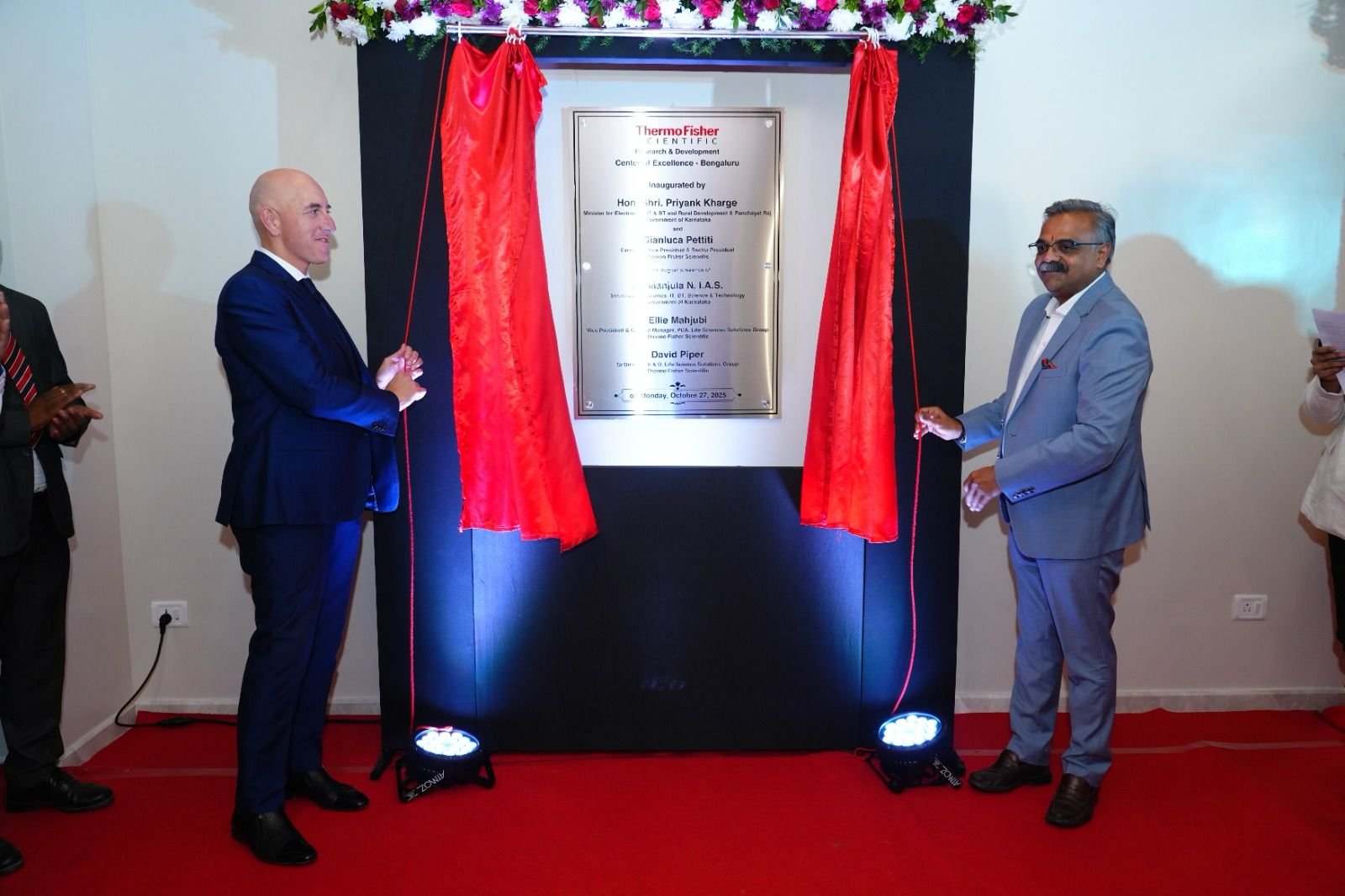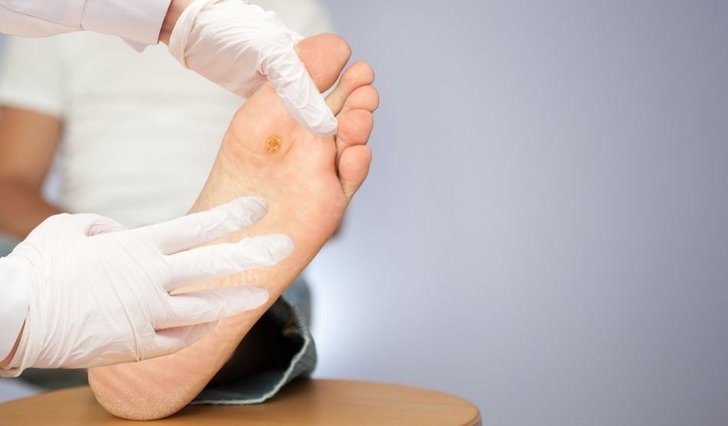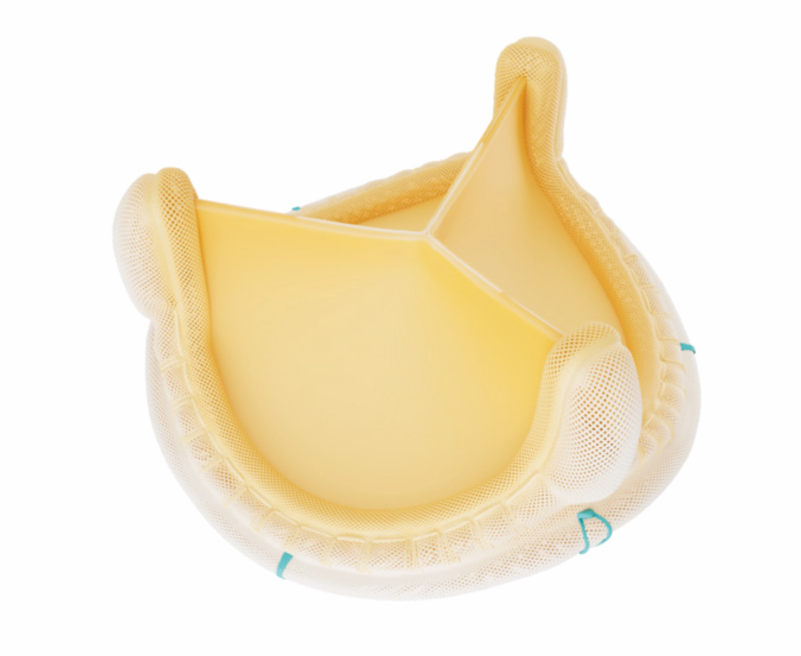Basic and Clinical Research – REDRESS 2023
March 04, 2024 | Monday | Features | By Gayatri Rangarajan Iyer & Vasanth Thamodaran
Estimated burden of RGD is 72- 96 million in India and the average time for diagnosis is 7 years
to read the next article on REDRESS 2023
The theme basic and clinical research had two editions I and II at the REDRESS 2023. The edition I was curated to highlight the contemporary development in basic, clinical and translational fronts of rare genetic disorders (RGD) in India whereas the edition II consisted of Indian speakers from abroad who shared their expertise on selected segments of RGD. The sessions began with clinical overviews by Dr Anju and Dr Radha Rama Devi followed by mechanistic and genomic research presentation by Dr. Shaji, Dr. Binukumar, Dr. Srinivas and Dr. Pratibha. The diagnostic modality on focus was optical genome mapping with two presentations – scientific aspects covered by Dr Alka and clinical utility by Dr. Karthik. The session ended with patient advocacy group presentation of Parvathy from Krishnan Family Foundation.
Dr Anju Shukla opened her talk with an overview of trends in rare genetic disorders in the past decade by quoting the milestones in diagnosis and discovery due to next generation sequencing, prevention enabled by detection techniques, prenatal and preimplantation testing alongside multidisciplinary care. The major challenges cited were huge burden, lack of training - expertise and collaborative efforts in our country.
Dr Shukla discussed two RGD cohorts,
- Myelin abnormalities in central nervous system consisting of hypomyelination and demyelination. Currently, there are 406 monogenic and four mitochondrial disorders, and 410 genes associated with leukodystrophy. They are a spectrum disorder yet one third of them are not listed under leukodystrophy. She shared a collaborative Indian publication of leukodystrophy with 250 individuals from 226 families from 10 cities. The study reported 68% diagnostic yield and identified population specific variants for Aicardi Goutieres syndrome where 3 patients from south, western and north India had the same variant. She summarised different therapeutic strategies like hematopoietic stem cell transplant, steroidal therapy, supplements, along with emerging ones – RNA, gene, small molecules, and protein therapies.
- Disorders of epilepsy – About 142 families enrolled with diagnostic yield of 52% of which 38 families benefitted with therapeutic implication. A novel gene association in KCNH5 was reported and the case was listed in GeneMatcher. This led to international collaboration with Northwestern university, Chicago and a joint publication. Another interesting finding was sequence variant in SNRPN, an imprinted gene which was only known to have methylation disturbances associated with Prader Willi Syndrome.
Dr Shukla mentioned about Center for Rare Disease Diagnosis, Research and Training, a DBT Wellcome India Alliance collaborative program to further RGD research in India.
Rama Devi gave a glimpse of her journey and the progress in metabolic disorders and newborn screening from 1980s till present. She discussed the diverse nature of RGD, with most of them life threatening and remaining undiagnosed. The estimated burden is 72- 96 million in India and the average time for diagnosis is 7 years. No effective treatment is available for many of the disorders and less than 5% have therapies. She emphasised on how finding the right diagnosis and treatment are crucial for improving quality of the life of patients. She discussed few case scenarios where early intervention has enabled near normal life to children with metabolic disorders. Research of several types including treatment, diagnosis and screening is the need of the hour to mitigate this disease burden. Dr Radha also presented the trends in therapeutics and treatments of inborn errors of metabolism that have supplements and treatment available in India including PKU diets, disorders that are expensive and inaccessible like ERT and how repurposing of drugs is the arena where the clinical and academic focus needs to be shifted.
Dr R.V. Shaji presented about iPSC-based disease model for learning disease mechanism and drug screening for hematological disorders. Using CRISPR-Cas9 based genome editing technique he described how multiple genes involved in Fanconi anemia and Diamond Blackfan anemia can be screened. Further he also described how hematopoietic lineages derived from the disease iPSC lines can mimic the hematopoietic anomalies and bone marrow failure observed in the patients and are better than mouse models. Using this platform his group identified a drug molecule that improved the disease phenotype in Fanconi Anemia hematopoietic cells. Finally, he also described how base editing can be efficiently used for incorporating specific mutations in iPSCs, a technique, they have efficiently used to generate disease iPSC lines for DFA and congenital dyserythropoietic anemia.
Dr Srinivasarao Repudi presented about modelling and studying development epileptic encephalopathy type 28 in mouse models. His study demonstrated how loss of Wwox, a tumor suppressor gene in mouse causes spontaneous seizures, ataxia, growth retardation, microcephaly, kyphosis of early onset and feeding difficulties. As the Wwox knockout mice dies in 3 weeks, using neuron specific knockout model, he demonstrated neuron associated defects such as defect in oligodendrocyte precursor cell differentiation. Further to develop therapeutic interventions, he showed that delivering the Wwox gene by AAV9 results in rescue of neuron defects, promotes neuron survival and improves myelination. RNA sequencing – electron microscopy showed myelination is highly regulated process. Neuronal WWOX deletion causes epilepsy. WWOX restoration in brain leads to reversal of growth retardation.
Dr Binukumar presented about Wilson Disease (WD) research programme at IGIB. WD is a disorder of copper metabolism and primarily affects the liver and neurons The global prevalence is 1 in 10,000 to 30,000. ATP7B is the associated gene and carrier frequency is 1 in 90. He shared genetic spectrum of variants in WD which is about 4000 across the globe with major being variants of uncertain significance. Few of the essential databases and resources in the analysis, validation and reporting workflow are Clinvar, COSMIC, HGMD. LOVD, mutalyzer, ACMG and AMP guidelines . The IndiGen data for WD is a variant registry that carrier frequency and prevalence in India. IndiGen reports 1 in 69 in India to be carrier and 1 in 18678 to be affected with WD which is second largest in the world. IGIB also hosts WilsonGen, a database for Wilson disease from the 128 processed samples of 238 received for analysis. Dr Binu summarised the workflow for variant prioritization and structural variants along with hotspots and structural variants of ATP7B in Indian WD patients. He presented an interesting algorithm for genetic burden testing of rare variants using Testing Rare variants using Public Data. Insilico models for molecular dynamic simulation of variants using alpha fold protein structures and functional assay with ATP7B knockout-HEK293T cells using CRISPR cas9 is developed for analysing VUS. At the diagnostic front, targeted, scalable and cost effective NGS based diagnosis should be implemented. Dr Binu proposed creating an ecosystem for clinical genomics in India, with WD as an example, wherein WilsonGen has variant database with AMP, ACMG curation, iCROWD has genomic research in WD with whole exome data, targeted variants to be developed by the diagnostic industry, functional validation of VUS and finally cell therapy for patient’s iPSC model system and platforms for drug discovery of rare diseases.
Dr Pratibha Bhalla, opened session II presenting her research on thymus hypoplasia in kids affected with 22q11.2 Deletion Syndrome (DS) also known as Di George syndrome covering aspects of disease mechanism and therapeutic strategies. DS is caused due to 1.5 Mb to 3Mb deletion on 22q11.2 leading to haploinsufficiency of 106 genes including TBX1. Affected individuals suffer with thymus hypoplasia, congenital heart defect, hypoparathyroidism, facial anomalies, and neurological disorders. The 22q11 region prone to rearrangement and the aetiology is majorly de novo in occurrence. The prevalence is 1 in 2148.
Thymus is a gland involved in immunity and its size is determined by age, stress, DS and FOXN1 mutations. Small thymus causes low T cell count leading to recurrent infections. Most DS patients develop normal but reduced T cell subsets. Her lab developed mouse model of DS with hypoplastic thymus lobes. Fetal thymic organ culture revealed development abnormalities showed hypoplastic epithelial and mesenchymal cells. To identify functionally incompetent stromal cell population, reaggregate thymic organ culture was performed wherein normal mesenchymal could restore hypo plasticity of DS thymuses. Single cell RNA sequencing revealed overexpressed transcripts in mesenchymal population and elevated deposition of collagen in DS. Mouse models, Human DS thymuses have slight elevations in collagens thus revealing a potential therapeutic target. Minoxidil which is FDA approved for the treatment of high blood pressure and hair loss inhibits collagen crosslinking. In utero mouse models showed successful restoration. She concluded her talk by proposing these drugs to be repurposed for DS as compared to expensive In utero gene and stem cell therapy.
Optical Genome Mapping
Dr Alka Chaubey from Bionano, USA explained the principles and work-flow of the contemporary technology of optical genome mapping (OGM). She illustrated the clinical utility of OGM in improving diagnostic yield especially in disorders with autism, developmental delays and dysmorphism. She gave a visual overview of evolution of cytogenetic techniques. OGM provides ~1000 times more bands in the form of labels and can detect chromosomal abnormalities as small as 500 bp. OGM can help detect variant classes like aneuploidy, deletion, duplication, translocation, inversion, absence of homozygosity, repeat expansion and contraction. She stated structural variants are important contributors to the mutational landscape of inherited disorders, including retinal diseases where OGM can diagnose 1/3rd of undetected cases. Other examples include reclassification of Duchenne muscular dystrophy variant of uncertain significance, atypical teratoid rhabdoid tumors in two silings with germline retrotransposon insertion in SMARCB1 and a novel fusion detection in B acute lymphoblastic leukemia. A study using OGM in South Carolina for neural tube defects reported diagnostic yield of 10%. She concluded her presentation on remarkable note of combining OGM and short read sequencing can unlock several diagnostic puzzles.
Dr Karthik in session I had presented on clinical utility of OGM especially in diagnosis of facioscapulohumeral muscular dystrophy. He gave an overview of ease of sample preparation for OGM with just loading of ultra-high molecular weight labelled DNA on the chip for imaging. At the analysis front, digital molecules are captured, a consensus optical map is generated and compared with the reference. OGM is automated and performs with more than 95% sensitivity. For clinical reporting, denovo variants, ~500 bp is the resolution cut off whereas for somatic changes it is 5KB, and for Inversion it is~30KB. Beginning with FSHD, an autosomal dominant myopathy with 4-10/100,000 cases prevalence involving microsatellite contraction, from their cohort, 23 patients were confirmed with OGM. Another case of Hemophilia A where whole exome sequencing was negative, OGM helped in identifying inversion in intron 22. In a case with developmental delay, dysmorphism, a balanced translocation was identified in chromosome 12 showing ~16mb, fusion depicting copy number gain. Other examples included fragile X and disruption of AUTS2 gene among others. The challenges with OGM include lack of adequate reference data, inability to detect structural variants across acrocentric region and poorly labelled regions.
Parent Advocacy Group
Parvathy from Krishnan Family Foundation, USA shared her family's journey with constitutional mismatch repair deficiency (CMMRD) with her son being diagnosed at a very young age with ampullary cancer, jejunal cancer, two incidences of small bowel cancer and rectal cancers. CMMRD is an autosomal recessive disorder caused due to two mutant alleles of EPCAM gene. Having a single affected allele is enough to cause hereditary cancer predisposition syndrome, to the family’s dismay, both parents were heterozygous for the variant allele. This was followed by their daughter who in addition also inherited several other recessive alleles and affected with not only CMMRD but also Bardet Biedl syndrome, Factor VII deficiency and other debilitating conditions leading to her untimely passing away at the age of 4 years. Parvathy emphasised the need for genetic counselling and extended family screening in inherited conditions and shared how several family members including herself have undergone the cascade testing and are under periodic surveillance. The family has shown unusual resilience in the face of this medical complexity and are supporting several others who are similarly affected with family support, surveillance implementation, rare disease registry. They are also proactive in facilitating centralized repository for biosamples, are striving to implement policies to create ICD codes for CMMRD, coverage for surveillance protocols and spreading awareness about the disorder in several forums. Parvathy concluded that PAGs are forthcoming to participate in research studies to accelerate the diagnosis, treatment, and management of RGDs.
Gayatri Rangarajan Iyer & Vasanth Thamodaran
Click here to read the next article on REDRESS 2023









